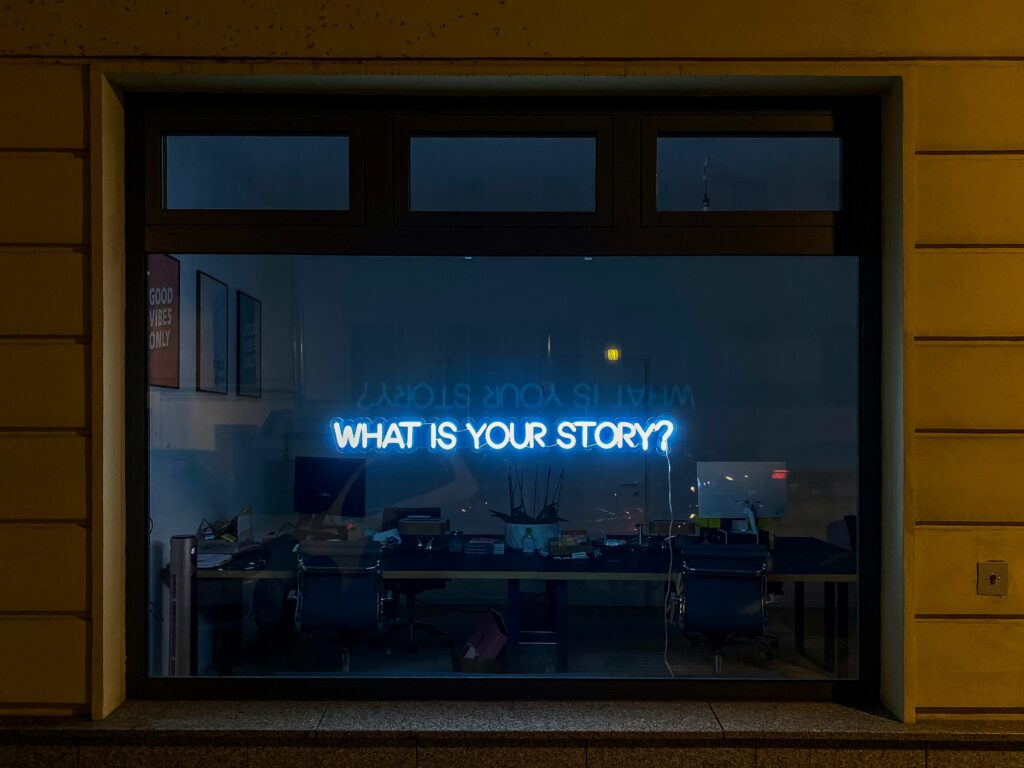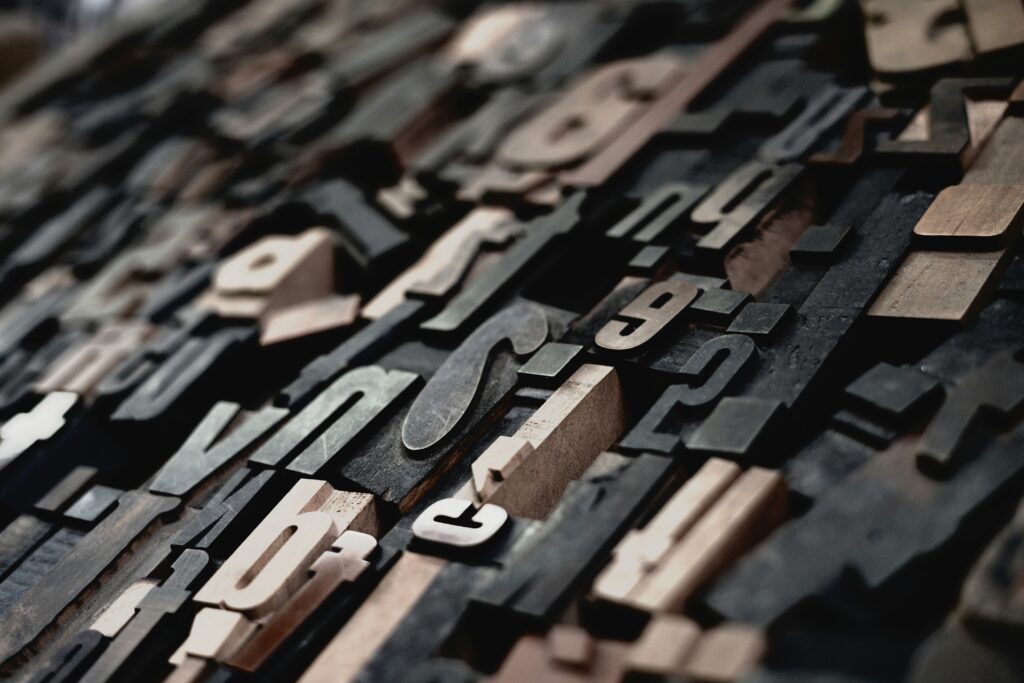In the realm of user experience (UX) and user interface (UI) design, typography holds a significant role that often goes unnoticed. While language serves as the primary vehicle for communication, it’s the typography that provides aesthetic appeal and influences how information is absorbed. In this guide, we delve into the realm of typography, exploring its importance in UX/UI design and unraveling the key factors and elements involved.

What is Typography?
Typography, at its core, refers to the art of arranging text to make it both visually appealing and legible. This encompasses various elements such as typefaces, fonts, text size, line spacing, and alignment. While historically associated with printed materials, the digital age has catapulted typography into the forefront of web design, offering a plethora of typefaces and design options.
The Importance of Typography in UX/UI Design
The significance of typography in UX/UI design cannot be overstated. Beyond mere aesthetics, typography plays a pivotal role in enhancing legibility, engagement levels, and overall user experience. It serves as a visual anchor, capturing attention, influencing behavior, supporting brand recognition, and creating a visual hierarchy within content.
The Key Elements of Typography
To effectively harness the power of typography, it’s essential to understand its key elements:
- Typefaces: The visual style of characters, ranging from serif to sans-serif and decorative fonts.
- Hierarchy: Establishing a visual hierarchy through typefaces, styles, and font sizes to organize text.
- Consistency: Maintaining consistency in font usage to avoid confusion and enhance readability.
- White Space: Leveraging empty space around text to improve legibility and visual appeal.
- Alignment: Ensuring text and graphics are aligned proportionately for a cohesive design.
- Color and Contrast: Using color to create impact and contrast, enhancing readability and Prominence.
In conclusion, typography serves as a cornerstone of effective UX/UI design, influencing user perception and interaction. By mastering the art of typography and integrating it seamlessly into your designs, you can create compelling user experiences that captivate and engage audiences.
Related Posts:
Difference Between UI and UX Design
